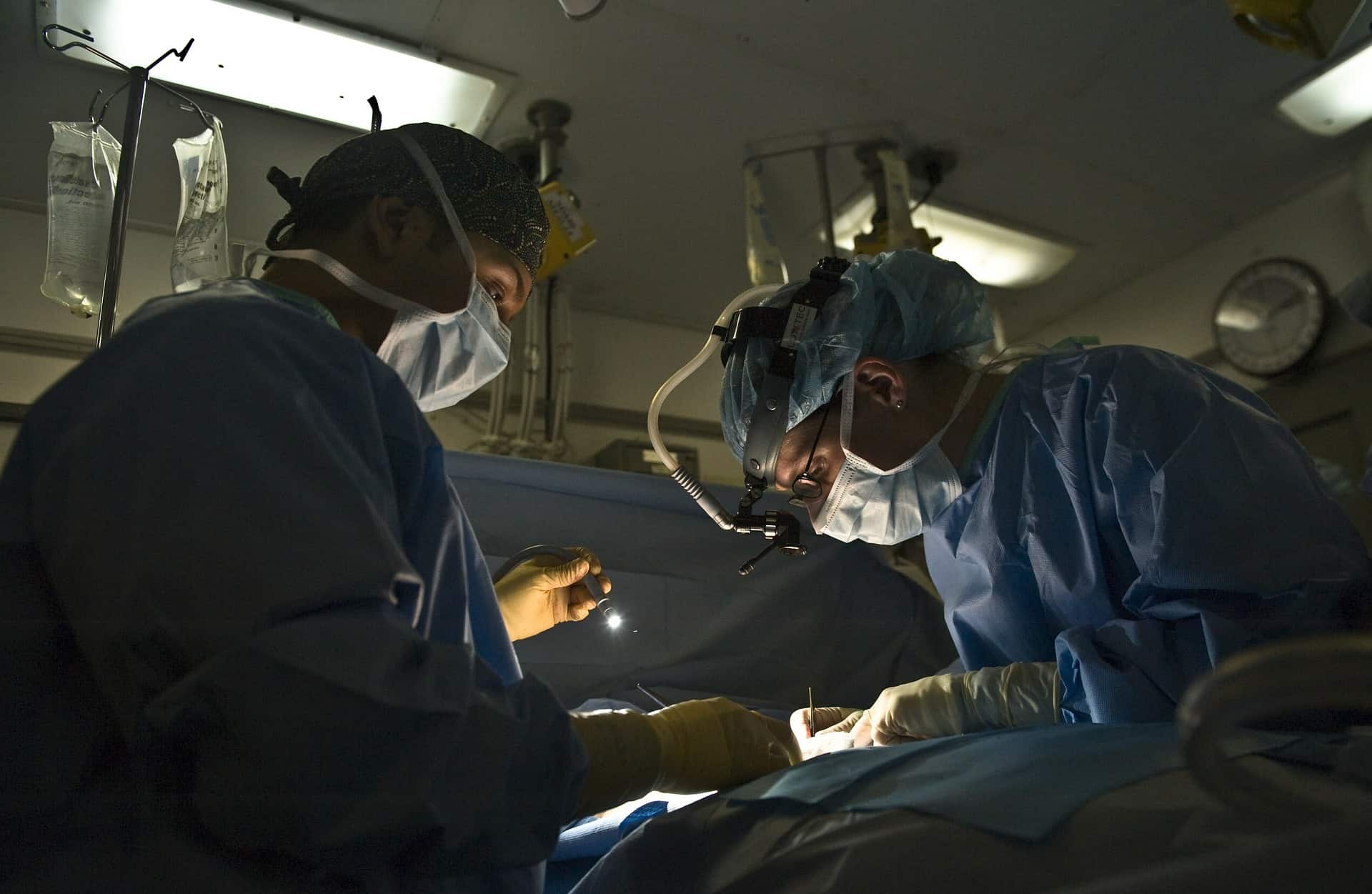How to Avoid a Devastating Injury from a Spinal Abscess
Blog, Infections
A spinal cord abscess is an accumulation of pus in the epidural space that can mechanically compress the spinal cord. The diagnosis of epidural abscess must be made promptly because delay in treatment can result in irreversible neurologic damage or death. The progression of neurologic dysfunction varies from a few hours to several months.
The most common organism in spinal cord abscess is staphyloccus aureus. Most epidural abscesses are located posteriorly in the thoracic or lumbar spine.
The Symptoms of a Spinal Abscess
Epidural abscess should be suspected in patients presenting with fever and back pain. Fever, malaise and back pain are the most consistent early symptoms of epidural abscess. Local tenderness, with or without neurological deficit, is the usual physical finding, and leukocytosis (elevated white blood cell count) may be the only abnormal laboratory finding.
Once the diagnosis is suspected, neurosurgical consultation is recommended.
Diagnostic Test for a Spinal Abscess
MRI is the cornerstone of diagnosis in both intracranial epidural abscess and spinal epidural abscess. MRI has the greatest diagnostic accuracy and is the method of first choice in the diagnostic process. CT has the lowest sensitivity (6%) for the identification of epidural abscess. Gadolinium-enhanced MRI is the imaging choice for the diagnosis of spinal epidural abscess.
Gadolinium-enhanced MRI is useful in distinguishing epidural abscess from the adjacent compressed thecal sac and other potential compressive lesions, such as a herniated disc. The extent and location of an abscess is best visualized using MRI. Multi-planar imaging and visualization of the soft tissues, including the spinal cord, paraspinal musculature and disc, confers a distinct advantage of MRI over CT and myelography, and where available, should always be utilized.
Once the abscess is diagnosed, a culture specimen can be obtained by CT-guided aspiration or open biopsy, so the causative organism can be identified. Lumbar puncture has largely been replaced by MRI. If MRI is not available, CT with myelography can be performed.
Treatment for a Spinal Abscess
The treatment of choice for most patients is surgical decompression followed by 4 to 6 weeks of antibiotic therapy. Surgical decompression remains the mainstay of treatment for spinal epidural abscess. Surgical treatment entails emergency evacuation of the pus and decompression of the spinal cord and nerve roots.
Treatment involves antibiotics and sometimes drainage of the abscess. The therapy of choice is IV penicillin G given in high doses for six to eight weeks. Oral treatment should be continued for at least an additional four to six months.
Prognosis following the Diagnosis of a Spinal Abscess
In cases of paraparesis, the outcome depends on the time that elapses from its onset to surgery. The longer the lapse the greater is the usual long term deficits.
Factors that affect outcome in spinal epidural abscess: (1) age (younger than 60 years=good outcome); (2) degree of thecal sac compression; (3) duration of cord symptoms (less than 72 hours=good outcome); (4) comorbid conditions=good outcome).
